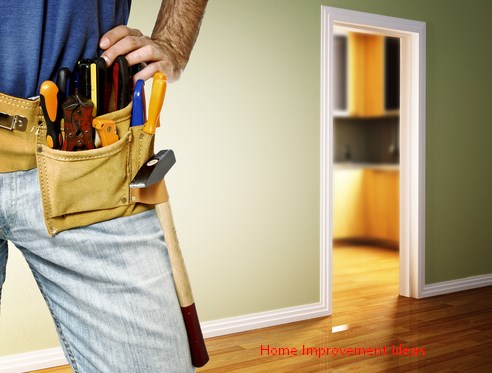If it comes to home improvement, a few dollars extend over others. And if you are on a limited budget, then it becomes much more important to invest these dollars wisely.
Here are just several affordable
home remodeling pittsburgh pa ideas that can help you Enjoy your home more now and supply excellent financial return later on.
You can also find moldings in elastic materials, such as memory, that make Installation a great deal easier.
A few tips about casting:
Utilize crown molding to create a room look larger and taller. But be cautious about proportions. If your ceiling height is 9 feet or not, go with easier styles to prevent overwhelming the space.

Place a seat railing at one of the space of the ceiling height. Chair rail positioned wrongly can make a room look out of proportion.
Trim around these regions to provide rooms a finished and expensive texture.
After ceiling fans had been depended upon -- they were only a Inexpensive solution to Rising energy prices -- ugly, rickety, noisy eyesores endured since they were cheaper than air conditioning.
Not now!
If your ceiling fans are old and obsolete, fresh ones (combined with a new Paint project ( crown molding) can give your rooms a refreshing upgrade while saving cash.
If you have got a very low ceiling, then purchase a hugger ceiling fan that is flush-mounted.
Go to your greatest Energy Star-rated enthusiast that can fit the distance.
Pick quality. You are going to get better cooling outcomes, less sound, and very good looks in a digestible price point of $200 to $600.
Say what? Adding trees does not immediately pop into your mind when you believe
In metropolitan places, money does grow on trees.
There is more.
A terrace almost pays for itself, Costing approximately $6,400 using a 102% yield when you market.
But do not go mad and fool out your terrace with luxury amenities, such as an outside kitchen particularly in the event that you'd be the only one on the block with you. If it is time to market, you won't return much -- if any of your investment on outside kitchens and other luxury conveniences. Rather, keep it simple and practical.
Some smart guidance when planning a terrace:
Assess land for incline, sun, and color patterns.
Recall 'dig alarms' that utilities deliver at no charge.
Do not skimp on patio light. It may make all of the difference in operation and beautification.
Insert Some Creative Storage
We do not need to sell you about the worth of built-in and storage organization. Since when have you ever heard someone complain of a lot of storage? We wager.
Adding storage is an no-brainer, however it will require a little brainpower Your house's hidden storage.
Listed below are a Couple of ways to think out of the toy box:
Open Drywall to make storage cubbies involving your wall studs.
Install Platform storage which hangs out of the ceiling.
Actually Stairs may provide you more storage. 1 smart mom commissioned an old chest Of drawers and generated storage in a cellar staircase.







